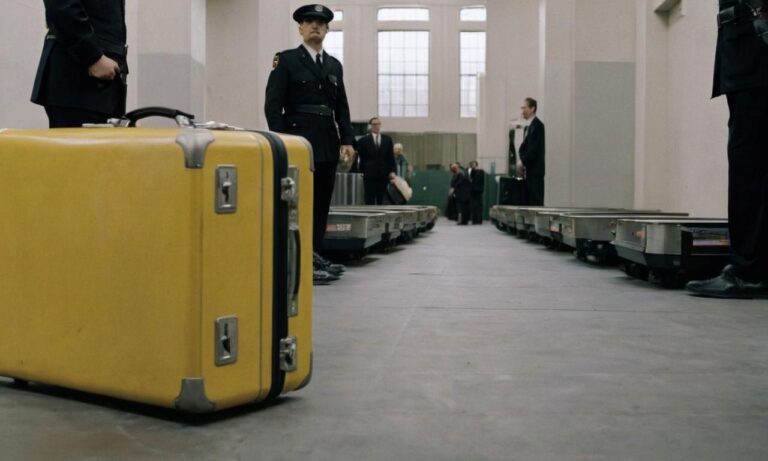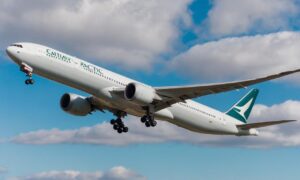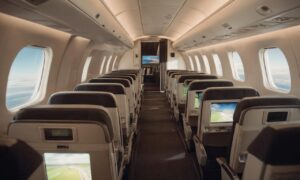When it comes to air travel, understanding the rules and regulations regarding the items you can bring on board is crucial. One common question that frequently arises is, “How many ounces can you bring on a plane?” In this comprehensive guide, we will delve into the intricacies of airline regulations, providing you with the information you need for a hassle-free journey.
Airline Regulations on Liquid Items
Airlines have strict guidelines regarding the transportation of liquids, gels, and aerosols in your carry-on luggage. The Transportation Security Administration (TSA) in the United States, for example, follows the 3-1-1 rule. This means you can bring liquids in containers of no more than 3.4 ounces (100 milliliters) each, all of which must fit into a single quart-sized, clear, resealable plastic bag. Each passenger is allowed only one bag of liquids.
Exceptions to the Rule
There are exceptions to the 3-1-1 rule, such as medications, baby formula, and breast milk. These items are generally allowed in reasonable quantities, but it’s advisable to inform the security personnel and be prepared for additional screening.
Packing Tips for Air Travel
To ensure a smooth security screening process, it’s essential to pack your liquids properly. Consider the following tips:
- Place liquids in containers of 3.4 ounces (100 milliliters) or less.
- Use a clear, quart-sized plastic bag for your liquid items.
- Keep the plastic bag easily accessible for inspection during security checks.
- Double-check the rules of the specific airline you are flying with, as regulations may vary.
Checked Luggage Allowances
While the restrictions for carry-on liquids are well-defined, there are fewer limitations on liquids packed in checked luggage. However, it’s crucial to be aware of any restrictions imposed by the airline or country you are traveling to, as they may have their own set of rules.
Special Considerations
For international flights, it’s advisable to research the regulations of both your departure and arrival countries, as they may differ. Some countries have restrictions on specific items, including alcohol and other liquids.
Understanding how many ounces of liquid you can bring on a plane is essential for a stress-free travel experience. By adhering to the guidelines set by airlines and relevant authorities, you can navigate security checks smoothly and enjoy your journey without unnecessary complications.
Security Screening Procedures
Aside from liquid restrictions, security screening procedures play a vital role in ensuring a safe and efficient air travel experience. Passengers are required to remove certain items from their carry-on bags during the screening process. These include laptops, large electronics, and sometimes even shoes. Familiarize yourself with the specific requirements of the airport and follow the instructions provided by security personnel for a quicker screening process.
Prohibited Items
It’s crucial to be aware of items that are strictly prohibited on airplanes. These may include sharp objects, flammable materials, and certain sporting equipment. Check the TSA’s official list of prohibited items and ensure that your carry-on and checked luggage comply with these guidelines to avoid any complications during security checks.
| Item | Allowed in Carry-On | Allowed in Checked Luggage |
|---|---|---|
| Lighters | No | Yes (limited) |
| Scissors | No | Yes (certain types) |
| Self-Defense Items | No | No |
Frequently Asked Questions
- Can I bring food on the plane? Yes, generally, you can bring solid food in your carry-on or checked luggage. However, be mindful of any liquid or gel components, which may be subject to the 3-1-1 rule.
- Are there restrictions on duty-free liquids? Duty-free liquids purchased at the airport are allowed in your carry-on, but they must be in a secure, tamper-evident bag, and you should keep the receipt handy during the journey.
- What about medical equipment? Necessary medical equipment, such as insulin pumps or syringes, is permitted on board. Inform the security personnel in advance and carry relevant documentation for smooth clearance.
Traveling with Pets
If you’re traveling with pets, there are specific guidelines to follow. Airlines have regulations on bringing animals on board, whether in the cabin or as checked baggage. Ensure you are familiar with the airline’s pet policy and make the necessary arrangements well in advance of your journey.






